Limiting Factors |
That's the Limit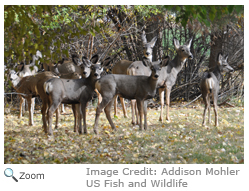 In
the natural world, limiting factors like the availability of food, water,
shelter and space can change animal and plant populations. Other limiting factors, like competition for resources, predation and disease can also impact populations. If any of the limiting factors change, animal and plant populations change, too. In
the natural world, limiting factors like the availability of food, water,
shelter and space can change animal and plant populations. Other limiting factors, like competition for resources, predation and disease can also impact populations. If any of the limiting factors change, animal and plant populations change, too. 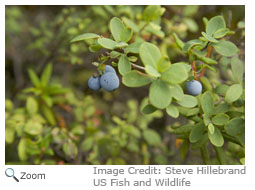 Some changes may cause a population to increase. If there are more plants than usual in an area, populations of animals that eat that plant may increase. If one animal's population increases, the population of animals that eats that animal might also increase. Some changes may cause a population to increase. If there are more plants than usual in an area, populations of animals that eat that plant may increase. If one animal's population increases, the population of animals that eats that animal might also increase. Increases in population aren't always good. Sometimes a population will grow too large for the environment to support. Other changes in limiting factors will cause a population to decrease. If a population becomes diseased, the population may decrease and the population of animals that eat the diseased animals will also decrease. In nature, populations usually balance themselves. Sometimes when man impacts populations, they can't always reestablish a natural balance. |
Human Factors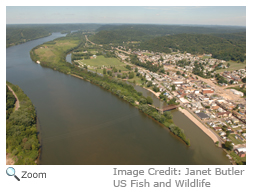 Humans can impact animal and plant populations. When humans develop land for houses and buildings, they cut down trees and change animal and plant habitats. Some animals like the raccoon and the skunk can adapt, but other animals can't adapt and their populations are affected. Humans can impact animal and plant populations. When humans develop land for houses and buildings, they cut down trees and change animal and plant habitats. Some animals like the raccoon and the skunk can adapt, but other animals can't adapt and their populations are affected. 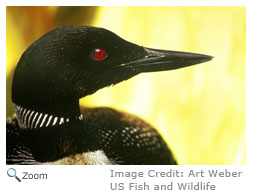 The common loon nests on land near large lakes. Some loon nesting places have been taken over by human development and the loon population has decreased. Pollution can also hurt animal and plant populations. Sometimes hunting can impact animal populations. Whale populations have been lowered because of overhunting. The common loon nests on land near large lakes. Some loon nesting places have been taken over by human development and the loon population has decreased. Pollution can also hurt animal and plant populations. Sometimes hunting can impact animal populations. Whale populations have been lowered because of overhunting.
Natural Balance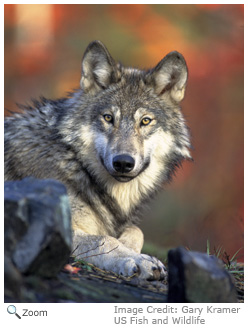 Predator/prey relationships play a big role in animal populations. If the balance between predator and prey is changed, populations are changed. The white-tailed deer population in some areas has grown too large because there are no natural predators. Mountain lions and wolves are the natural predators of the white-tailed deer. Wolf and mountain lion populations have been lowered due to overhunting and habitat loss. This loss of a natural predator for the white-tailed deer, along with other factors, has led to overpopulation of the white-tailed deer in some areas. Predator/prey relationships play a big role in animal populations. If the balance between predator and prey is changed, populations are changed. The white-tailed deer population in some areas has grown too large because there are no natural predators. Mountain lions and wolves are the natural predators of the white-tailed deer. Wolf and mountain lion populations have been lowered due to overhunting and habitat loss. This loss of a natural predator for the white-tailed deer, along with other factors, has led to overpopulation of the white-tailed deer in some areas.
|
